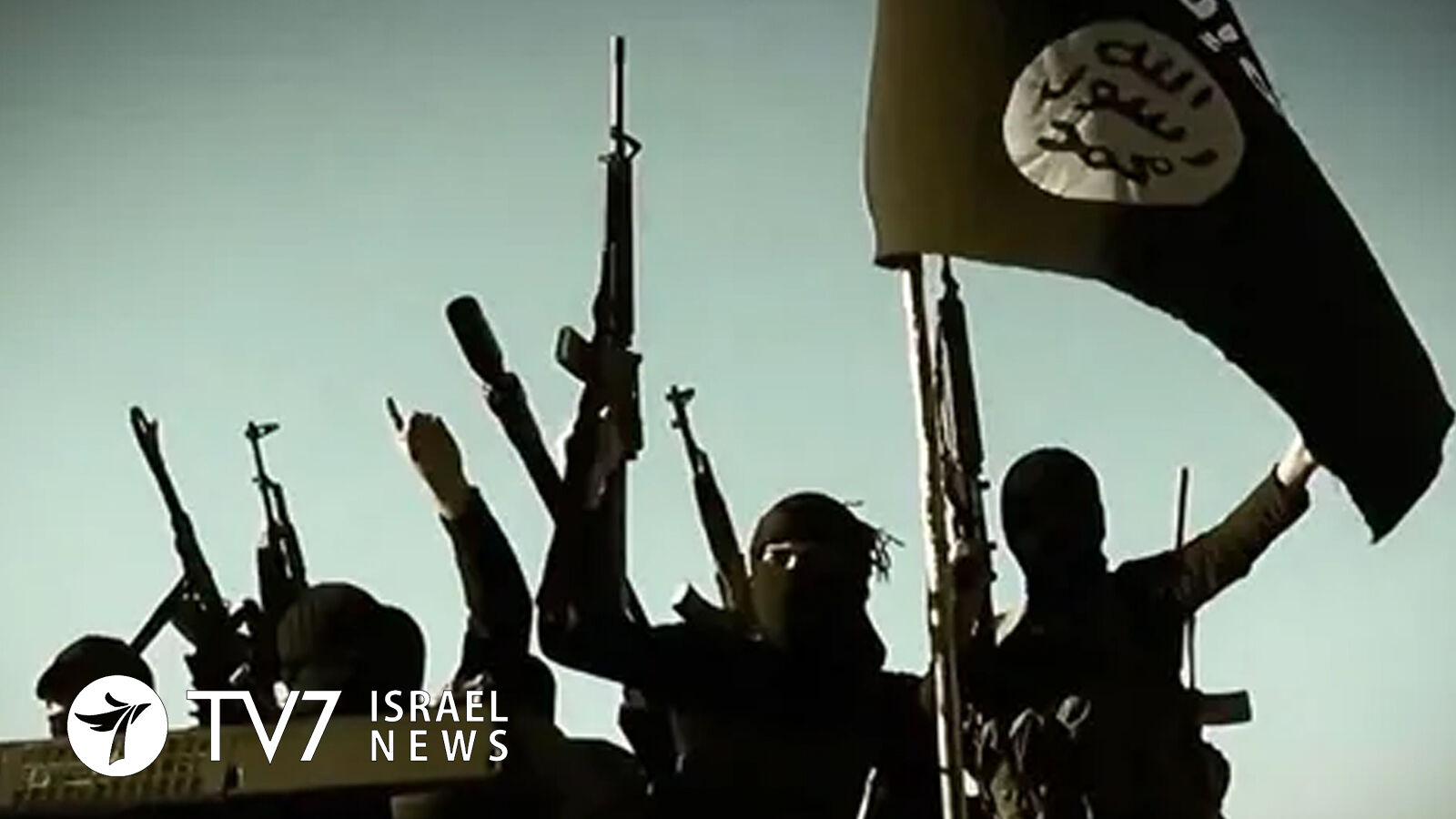The new leader of the Islamic State terror group is the brother of slain former “Caliph” Abu Bakr al-Baghdadi.
By Erin Viner
The new leader is Juma Awad al-Badri, who is an Iraqi national and Baghdadi’s elder brother, two Iraqi security officials told Reuters. The family includes two additional brothers, one detained for years by Iraqi security services, while the other’s whereabouts are unknown although he is also believed to be a radical Islamist, said one of the officials.
A Western security official also confirmed the two men were brothers but did not specify who was older.
The Islamic State proclaimed its “third Caliph” by the nom de guerre of “Abu al-Hassan al-Hashemi al-Quraishi” in an audio message recorded by the group’s new spokesperson Abu Omar al-Muhajir that was distributed online.
The announcement comes in the wake of last month’s death of the terror group’s second leader, Abu Ibrahim al-Quraishi, who succeeded Baghdadi in 2019. Both former ISIS leaders died by blowing up and killing themselves and family members during raids by United States special forces on their hideouts in northern Syria.
“Badri is a radical who joined Salafi jihadist groups in 2003 and was known to always accompany Baghdadi as a personal companion and Islamic legal adviser,” one of the Iraqi security officials told the news agency, adding that he has long led the Islamic State’s five-member Shura Council that guides strategy and decides succession of fallen leaders.
The selection of “Quraishi” for Badri is meant to convey lineage from Islam’s Prophet Mohammad as previously professed by both of his predecessors, intended to inspire ‘religious clout’ among fellow Jihadi Islamic extremists. Abu Ibrahim al-Quraishi’s real name was Amir Mohammed Abdul Rahman al-Mawli al-Salbi, while Baghdadi’s name at birth was Ibrahim Awad Ibrahim Ali al-Badri al-Samarrai,
The extremist terror group is known by several names, including “IS” for Islamic State, ISIL for the Islamic State of Iraq and the Levant, or its Arabic acronym “Daesh.” It is the successor of al Qaeda‘s notoriously bloodthirsty Iraq branch, proliferated in the aftermath of the 2003 US invasion and ousting of former Sunni Muslim dictator Saddam Hussein. It later seized vast swathes of Iraq and Syria in 2014, before being largely defeated by the US-led Global Coalition of international forces in 2017 and losing its last significant territorial conquest in 2109.
Thousands of Islamic State terrorists believed to be hiding in remote territory still carry out significant insurgent-style attacks. Local leaders, security officials and residents in northern Iraq say ISIS is re-emerging as a deadly threat, aided by a lack of central control in many sectors.
The last significant ISIS assault was the attempted jailbreak of its members incarcerated at the Ghuwayran Prison in the northeastern Syrian city of Hasakah in January, during which at least 200 inmates and 30 security forces were killed.
According to an assessment by a United Nations sanctions monitoring team last December, the group’s remaining financial resources “between $25 million and $50 million.”
